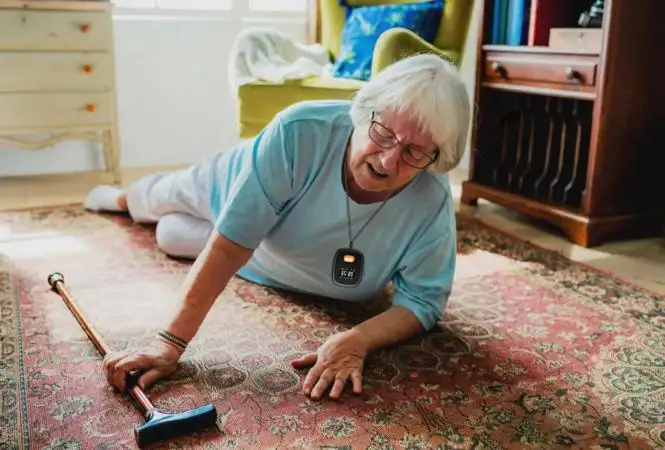Battery Life Optimization in Health Smartwatches: Tips and Technologies
2025-05-29
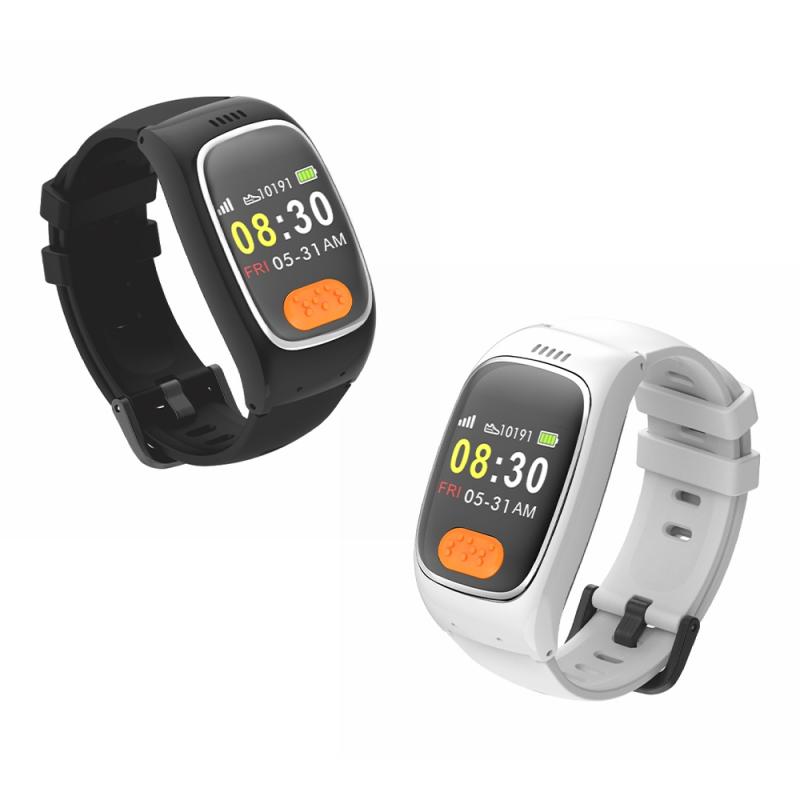
Why Battery Life Is a Top Priority
More people are using health smartwatches every day. These devices help users track their steps, heart rate, sleep, and even stress levels. Many watches now run 24/7 to give accurate and complete data. A major complaint from users is short battery life. If a smartwatch runs out of power quickly, it cannot track health data properly. This becomes frustrating, especially for people who need constant monitoring. That's why smartwatch battery optimization is now a key focus for both users and brands.

In this article, we will explain what uses up your battery. We will also share ways to reduce battery drain. As a smartwatch manufacturer, I'll also talk about how we work on smartwatch battery optimization to help users get more out of every charge.
What Drains Your Smartwatch Battery?
Sensors Use Power All the Time
Smartwatches are packed with sensors. GPS tracks your location. Heart rate monitors check your pulse. Fall detection sensors look for sudden movements. All of these features need power. When they run non-stop, they drain the battery quickly. Smartwatch battery optimization must begin with better control over these sensors.
Bright Displays Use More Energy
The screen is one of the biggest battery drains. A bright display looks nice, but it uses a lot of power. Many users also keep the screen on for too long. Always-on display features are helpful, but they can shorten battery life. Lower brightness and shorter screen time are good for smartwatch battery optimization.
Wireless Features Also Drain the Battery
Smartwatches stay connected through Bluetooth, Wi-Fi, and sometimes cellular networks. These features help with syncing data, receiving messages, and using apps. But they also use a lot of battery power. Turning off wireless features when not needed is a simple way to save power and improve smartwatch battery optimization.

Power Optimization Techniques in Modern Smartwatches
Adaptive Sampling Saves Battery Automatically
Modern smartwatches now use adaptive sampling. This means the sensors adjust how often they collect data. When the user is resting or not moving much, the sensors slow down. This helps save battery without losing important health information. As a manufacturer, I make sure this feature is smart and accurate to support smartwatch battery optimization.
Low Power Modes Help During Inactive Times
Low power modes are built into many smartwatches. These modes turn off non-essential features. They reduce screen brightness and stop background tasks. When the user is sleeping or inactive, low power mode can make a big difference. We design these modes carefully so they don't affect important health tracking. They are key tools for smartwatch battery optimization.
Better Hardware Brings Better Efficiency
We are always improving the hardware inside our smartwatches. We use low-power chips that use less energy. We also use high-efficiency batteries that last longer and charge faster. These upgrades are part of our plan to make smartwatch battery optimization a standard feature, not just a bonus.
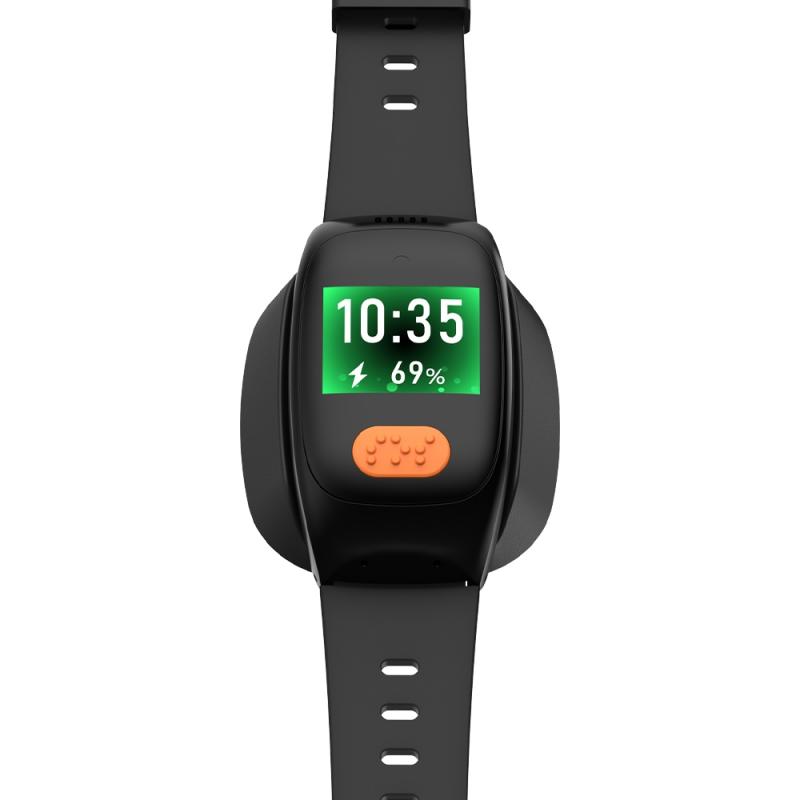
Battery-Saving Tips Every User Should Know
Adjust Display Settings for Longer Battery Life
One easy way to save battery is by reducing screen brightness. A dimmer screen uses less energy. Turning off the always-on display also helps. These changes may seem small, but they make a big difference over time.
Turn Off Features You Don't Need
Many smartwatches come with features you may not use every day. GPS, Wi-Fi, or even heart rate monitoring can be turned off when not needed. This helps with smartwatch battery optimization and gives you more time between charges.
Use Battery Saver and Airplane Modes Wisely
Battery saver modes limit background tasks and lower screen brightness. Airplane mode turns off wireless functions completely. Use these modes when you're not actively using the watch. These simple steps support long-term smartwatch battery optimization.
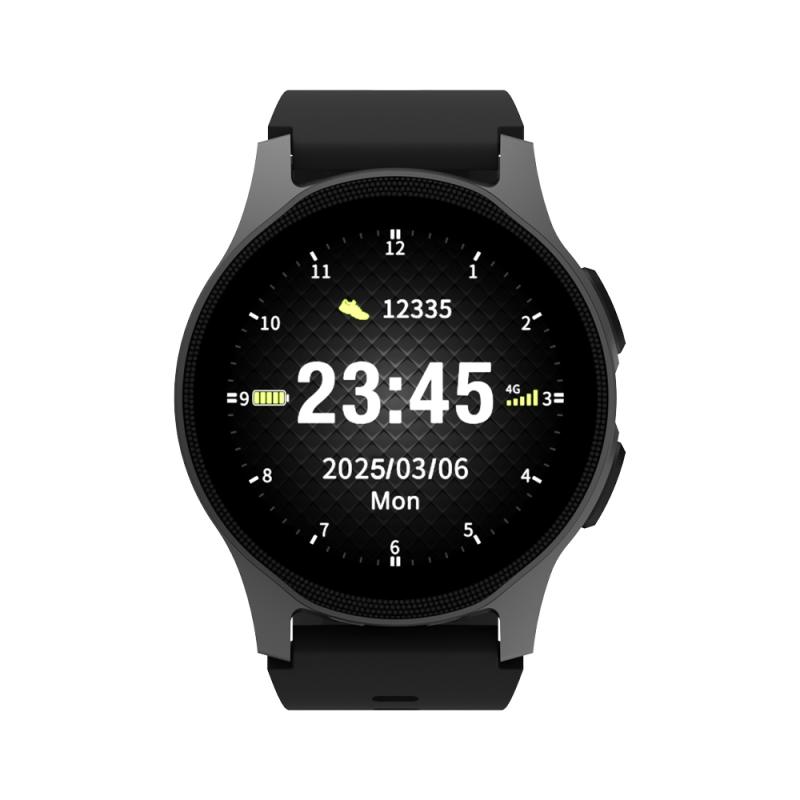
Why Battery Life Is Crucial for Health Monitoring
Continuous Monitoring Needs Continuous Power
Health features only work well when the watch stays on. Heart rate tracking, sleep monitoring, and fall alerts need to run all day and night. A dead battery breaks the cycle and may cause you to miss important data.
Fewer Charges Mean Better Health Habits
Charging a smartwatch too often can be annoying. Some users stop wearing their device when it runs out of power. Better battery life helps people stay consistent with tracking. This leads to better health results and peace of mind.
Reliable Power for Emergency Features
Some users rely on their smartwatch for safety. Fall detection or irregular heart rate alerts must work at all times. If the battery dies, these features are useless. That's why smartwatch battery optimization is so important for health-focused users.
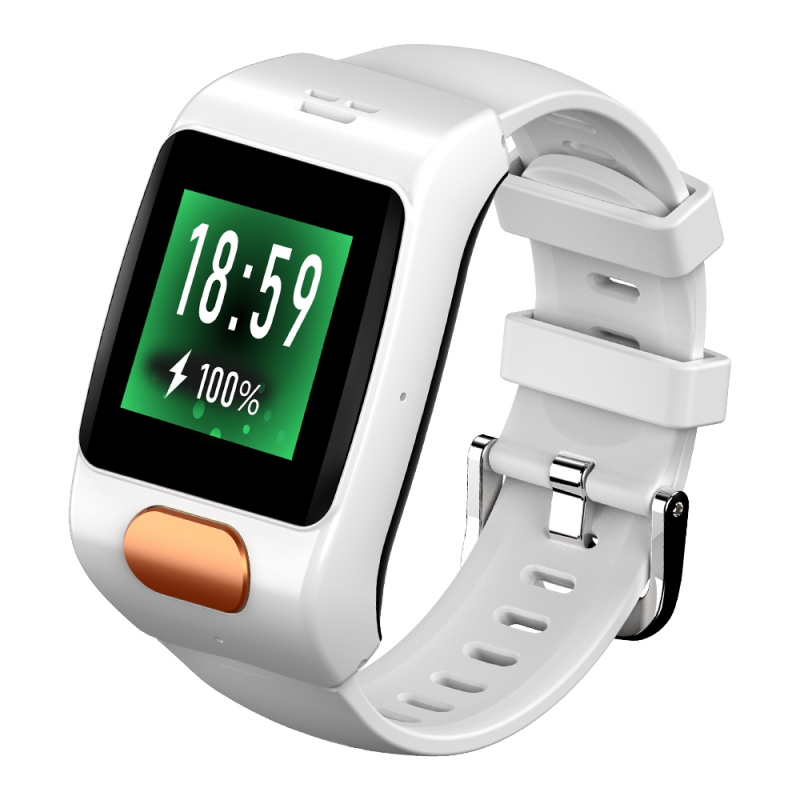
The Future: Smarter Power, Longer Life
AI and Smarter Battery Management
Future smartwatches will use AI to learn your habits. They will turn off unused features automatically. This makes smartwatch battery optimization even more advanced and effective.
New Charging Methods Are on the Way
We are exploring new ways to charge smartwatches. Solar power, kinetic energy, or faster wireless charging are all being tested. These technologies could change how users think about battery life.
Finding the Right Balance Is Key
People want rich features like health tracking, GPS, and messaging. But they also want battery life that lasts days, not hours. As manufacturers, we work to find that balance. Smartwatch battery optimization helps us deliver both performance and endurance.
Take Control of Your Smartwatch Battery Life Today
Smartwatch battery optimization is not just a tech feature - it's a daily benefit. By understanding what drains your battery and using smart power-saving tips, you can enjoy longer use and better health tracking. As a manufacturer, we are committed to building smarter, more efficient devices for you. Start applying these tips today and experience the difference in battery performance. Your smartwatch should work for you - not the other way around.


